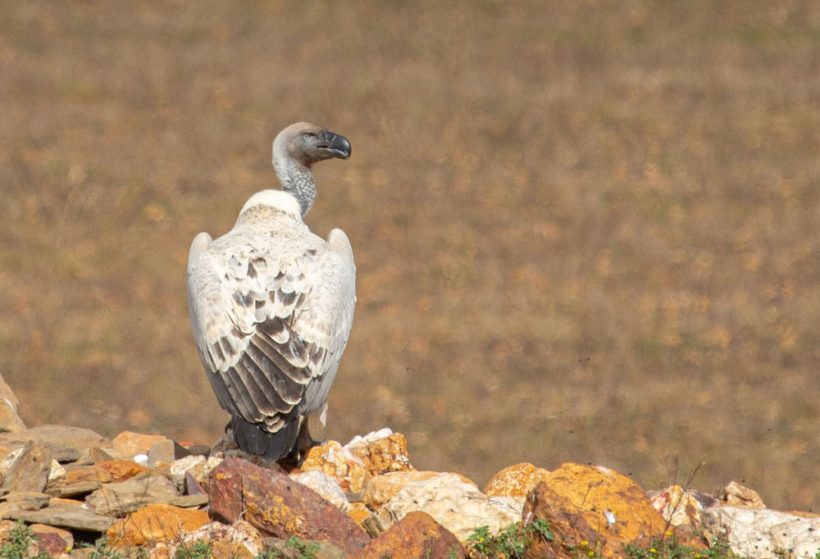By Nande Notyalwa, ORCT Intern
As mother nature’s most successful scavenger, vultures play the important role of providing a wide range of ecological services. With their keen eyesight, extraordinary soaring capabilities and significantly low stomach pH levels, they are uniquely qualified for the grim scavenging life. They are currently thought to be the only obligate scavengers (or species that rely solely on carrion for survival), making their relationship with the environment of paramount importance.
However, in recent times these birds of prey have started to face major threats such as the decline in food availability, as well as habitat loss. But there’s a new threat to the life of vultures – wind farms.
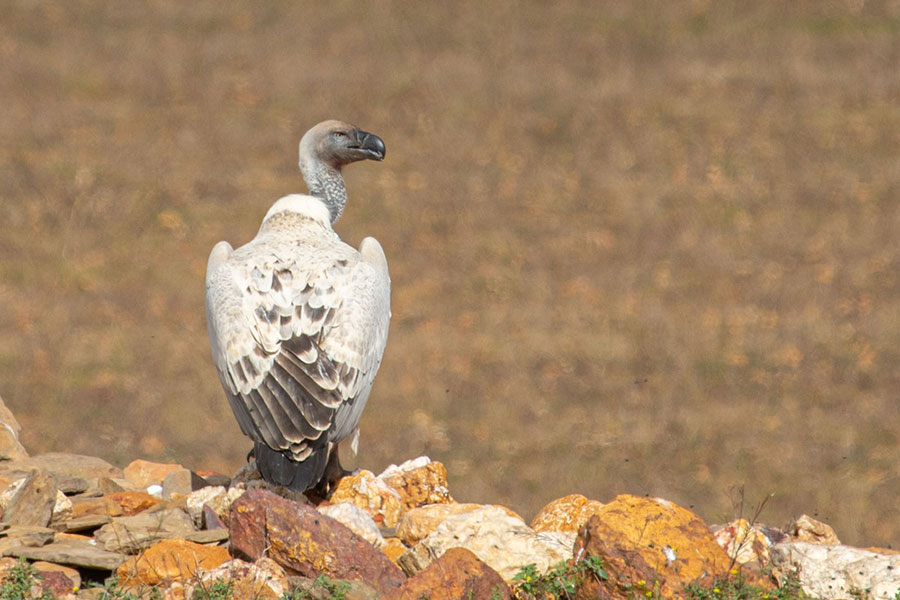
Dr Francis Brooke, an ornithologist researcher, has been working with vultures between the Eastern and Western Cape provinces. Her focus has been on the Cape Vulture (Gyps coprotheres), which also calls the Overberg region home. Cape Vultures are one of the 23 species of vultures found worldwide. The species is endemic to southern Africa, with the majority of the population being distributed between South Africa and Lesotho.
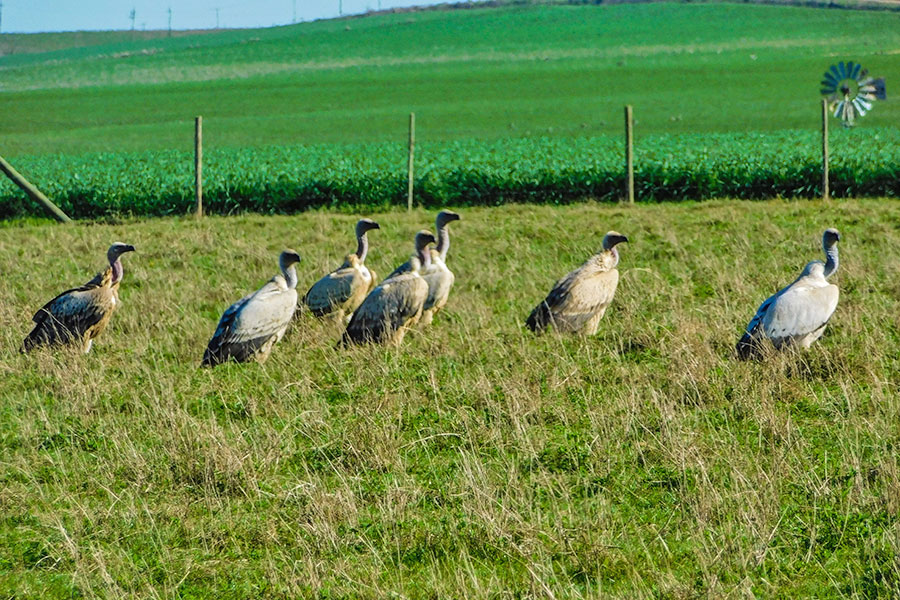
Bad news for Cape Vulture populations
Dr Brooke’s research shows that the species has had a drastic population decrease in the past 50 years, with the increase in wind turbine collisions increasing fatalities.
Given that most of the Overberg region has recently been listed as Renewable Energy Development Zones (REDZs) for wind and solar energy developments, this means the risk of collisions with wind turbines is set to radically increase here. Potberg Mountain in the De Hoop Nature Reserve, located 10km from our Haarwegskloof Renosterveld Reserve, is home to the Western Cape’s last surviving colony of the Cape Vulture. The REDZs therefore covers their foraging grounds.
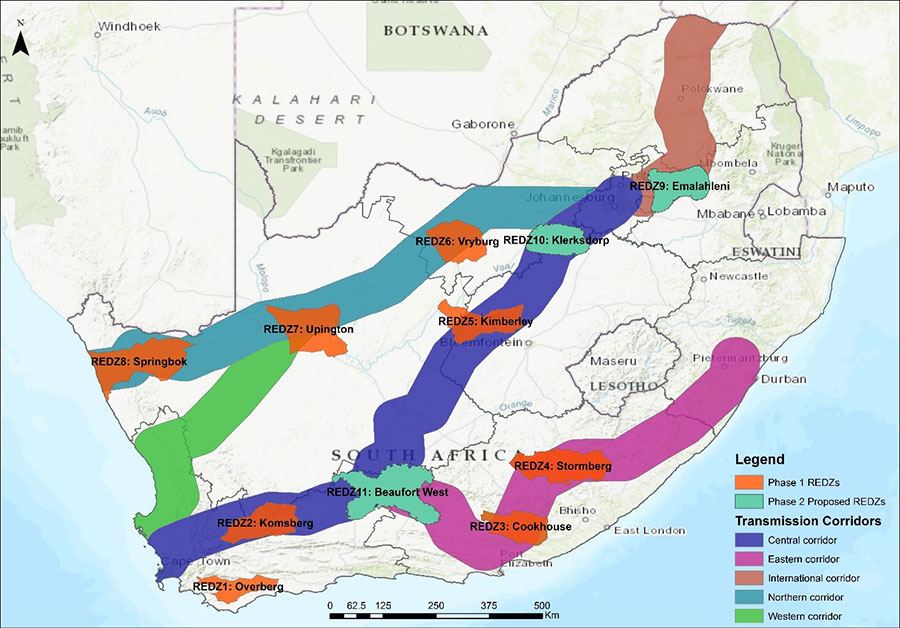
Source: www.csir.co.za/renewable-energy-development-zones
It’s not only Potberg that needs to be protected for Cape Vultures. These birds fly long distances from their breeding colony. In fact, another study by Professor Jan A. Venter and his colleagues found that the buffer radius for the Cape Vulture is close to 50km around their breeding colony. As an example, they are regularly seen soaring over our Haarwegskloof reserve.
How will we protect Cape Vultures?
We need increased conservation efforts, which include implementing automated monitoring methods that reduce observer bias. Observer bias affects ornithologists doing the Bird Impact Assessment Studies owing to the differences in the level of observer experience leading to inaccurate reporting. With more accurate monitoring methods, we can strengthen the quality and quantity of sampling procedures.
These studies are crucial for the appropriate siting and locational planning of wind farm development and priority mitigation measures to reduce collision mortalities. When wind farms are placed in the wrong places, such as within the 50km buffer zone, vultures will come face-to-face with this new threat, which could ultimately lead to an overall population decline with far-reaching ecological consequences.
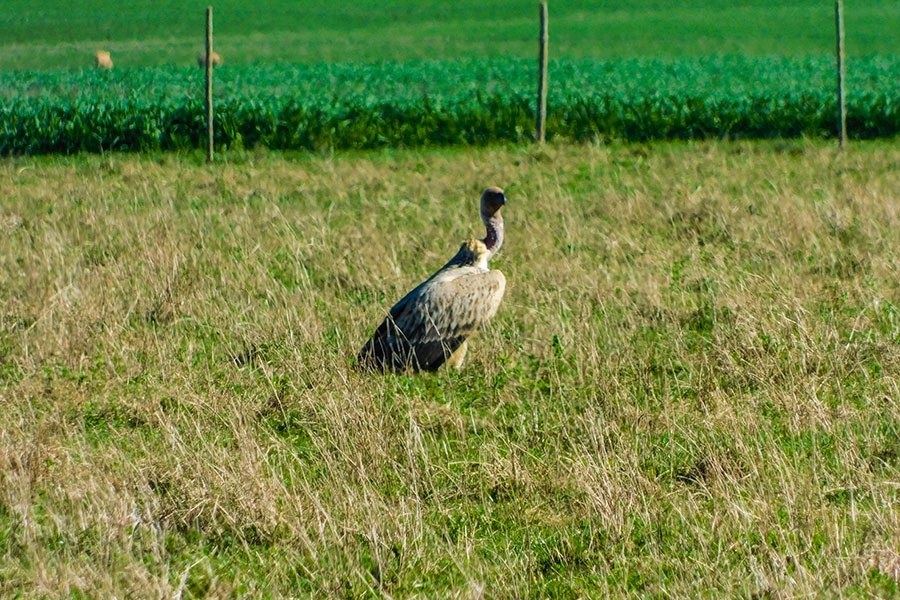
As Dr Brooke states in her research, “Whilst renewable energy development is necessary, it should not come at the cost of an endemic and ecologically significant species.”
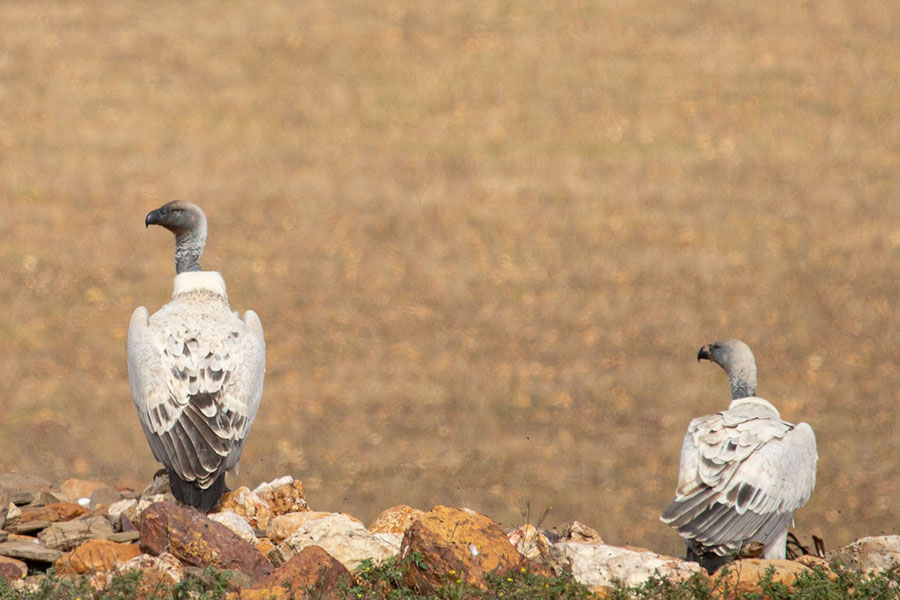
References
Brooke, F.R., 2022. Cape Vultures (Gyps coprotheres) and the threat of wind farms: a race to extinction?. Doctoral thesis. Nelson Mandela University.
Faanes, C.A. and Bystrak, D., 1981. The role of observer bias in the North American Breeding Bird Survey. Studies in Avian Biology, 6, pp.353-359.
Martens, F.R., Pfeiffer, M.B., Downs, C.T. and Venter, J.A., 2018. Post-fledging movement and spatial ecology of the endangered Cape Vulture (Gyps coprotheres). Journal of Ornithology, 159, pp.913-922.
Martens, F.R., Pfeiffer, M.B., Downs, C.T. and Venter, J.A., 2020. Cliff roost site selection of the endangered Cape Vulture Gyps coprotheres in the Eastern Cape province, South Africa. Ostrich, 91(1), pp.25-34.
Ogada, D.L., Keesing, F. and Virani, M.Z., 2012. Dropping dead: causes and consequences of vulture population declines worldwide. Annals of the New York Academy of Sciences, 1249(1), pp.57-71.
Venter, J.A., Martens, F.R. and Wolter, K., 2019. Conservation buffer sizes derived from movement data of adult Cape vultures (Gyps coprotheres) in South Africa. African Zoology, 54(2), pp.115-118.

